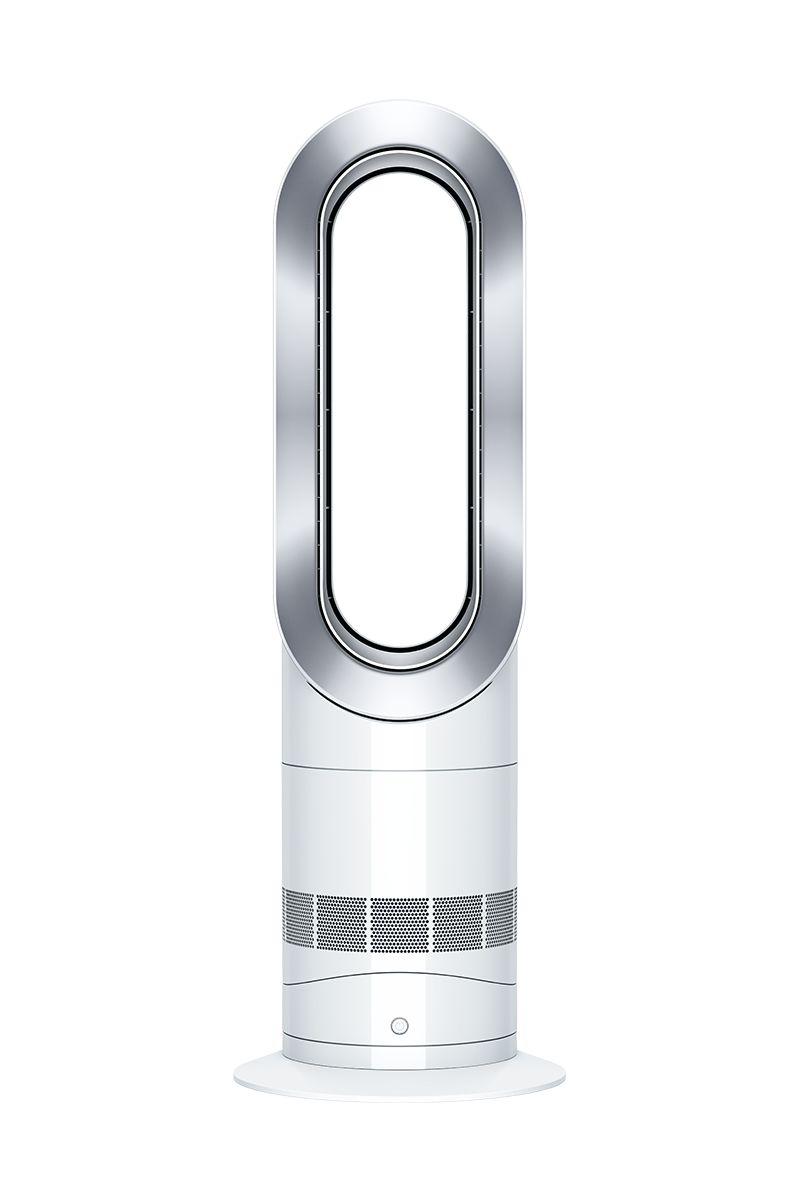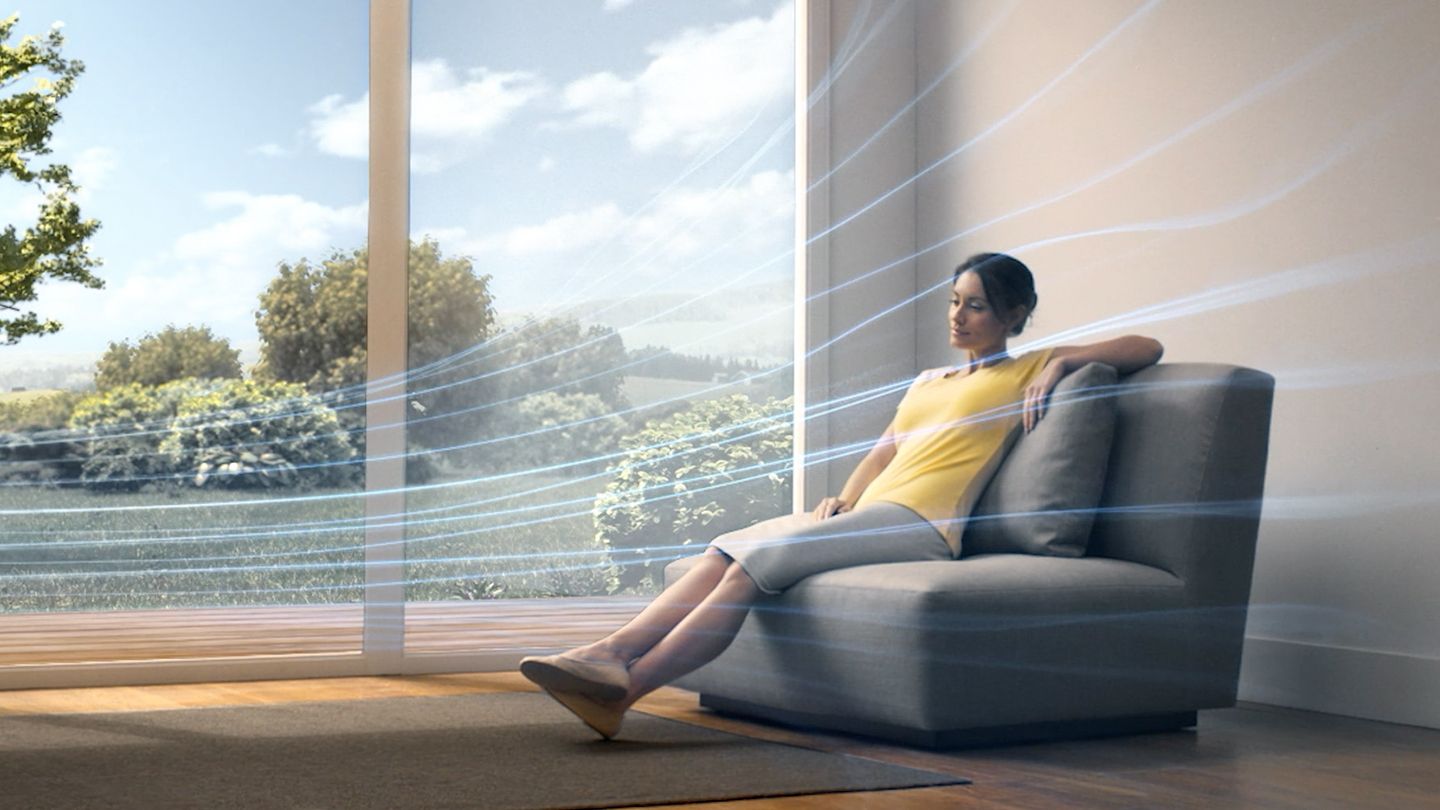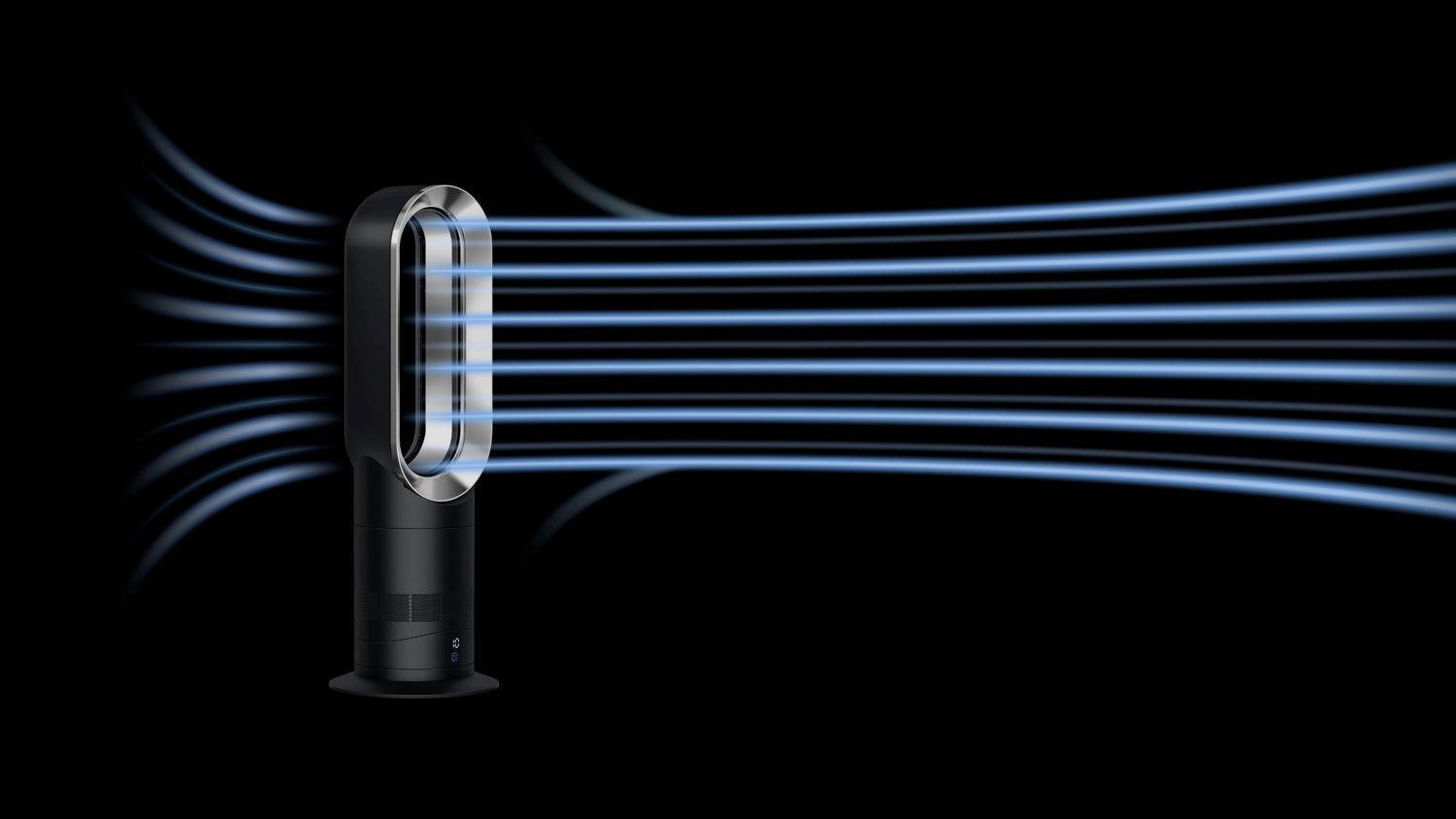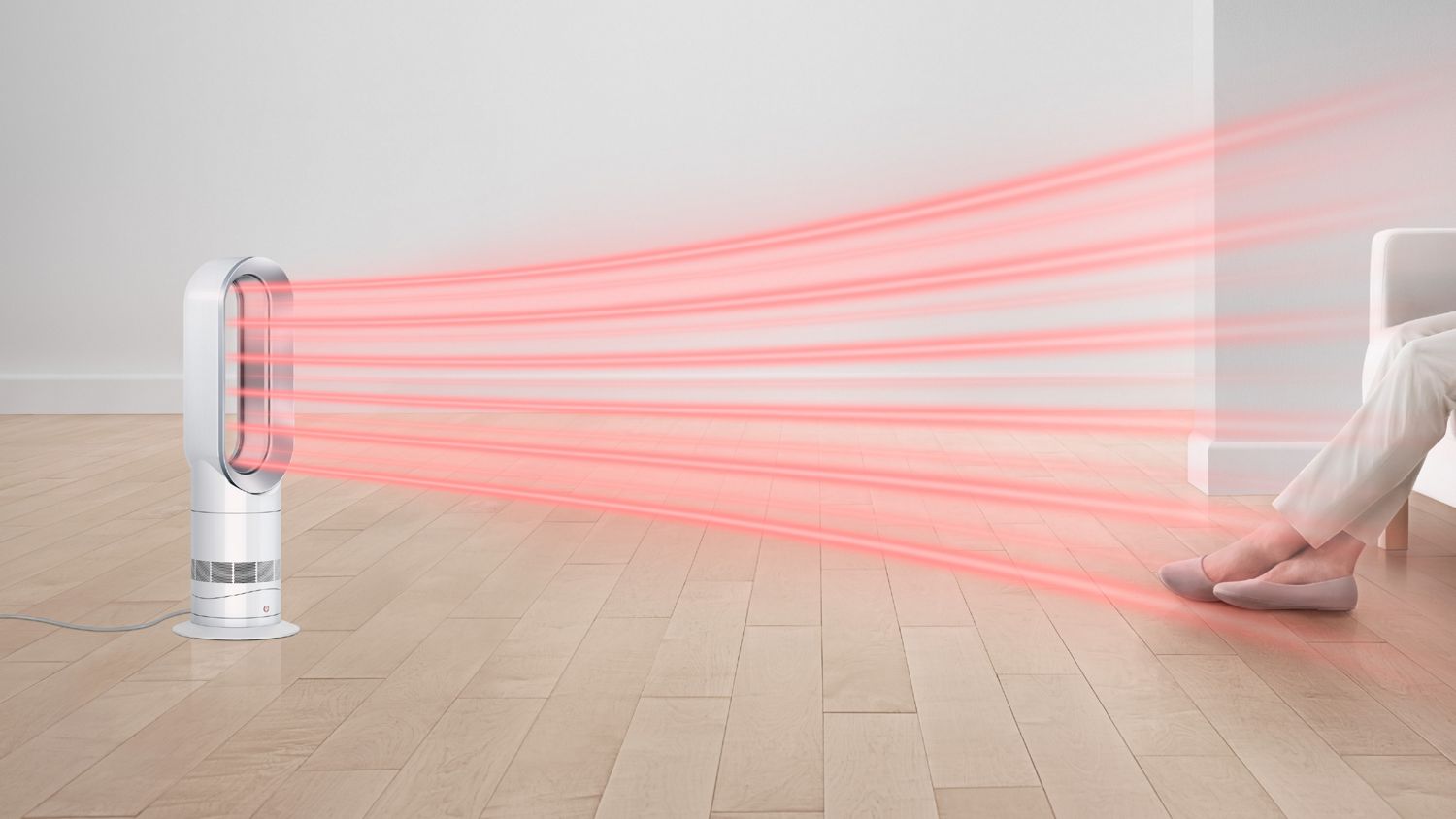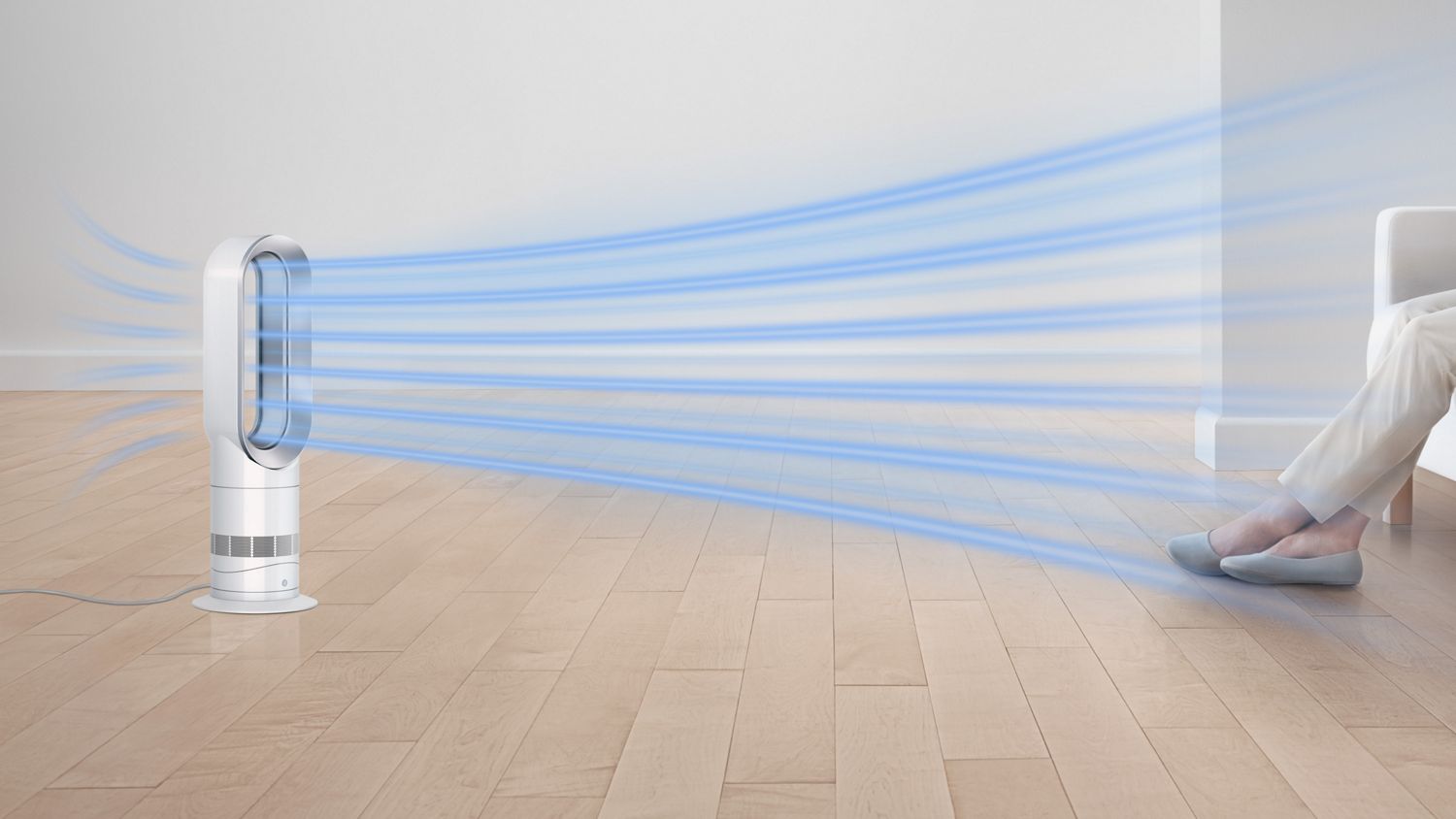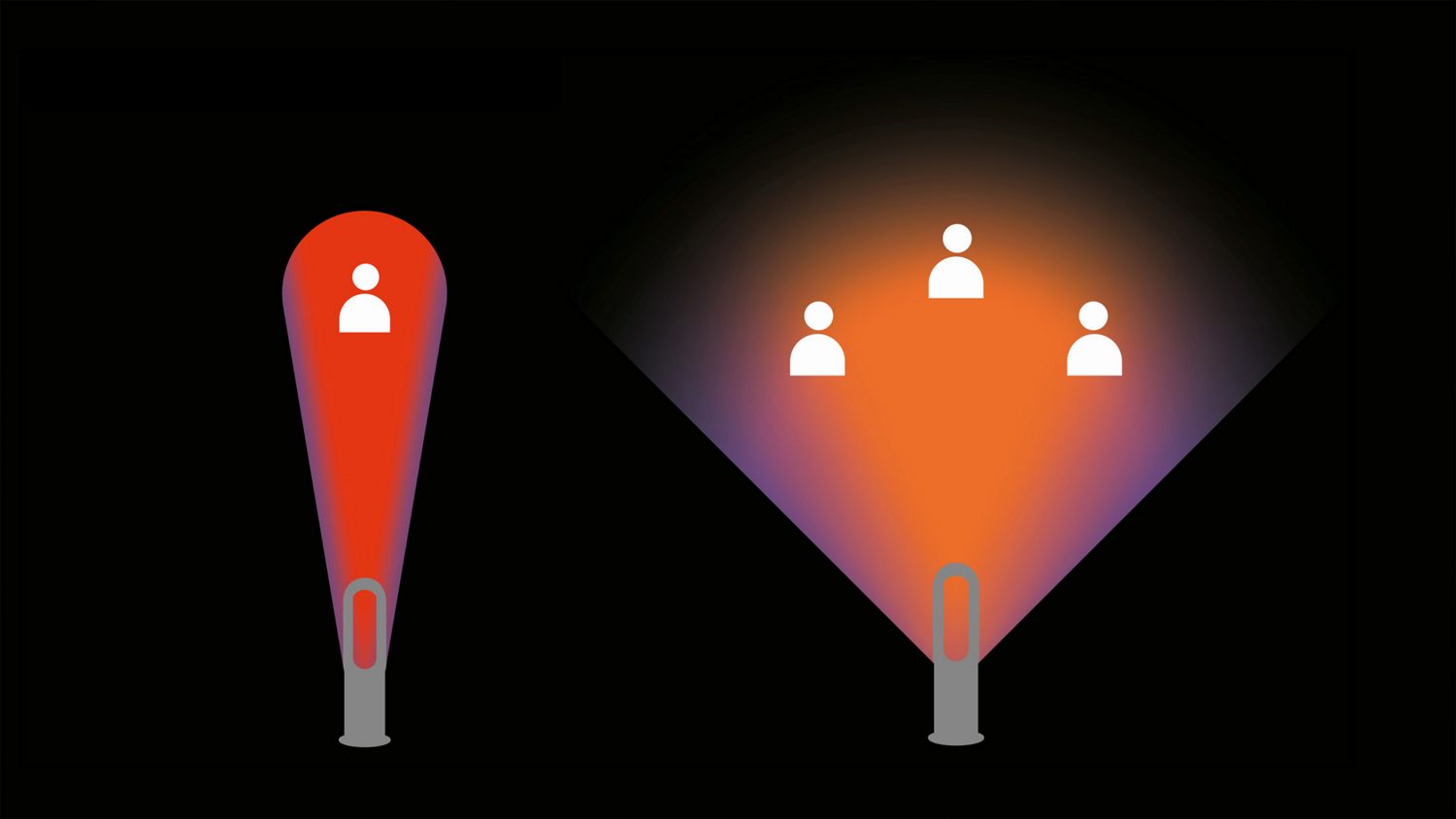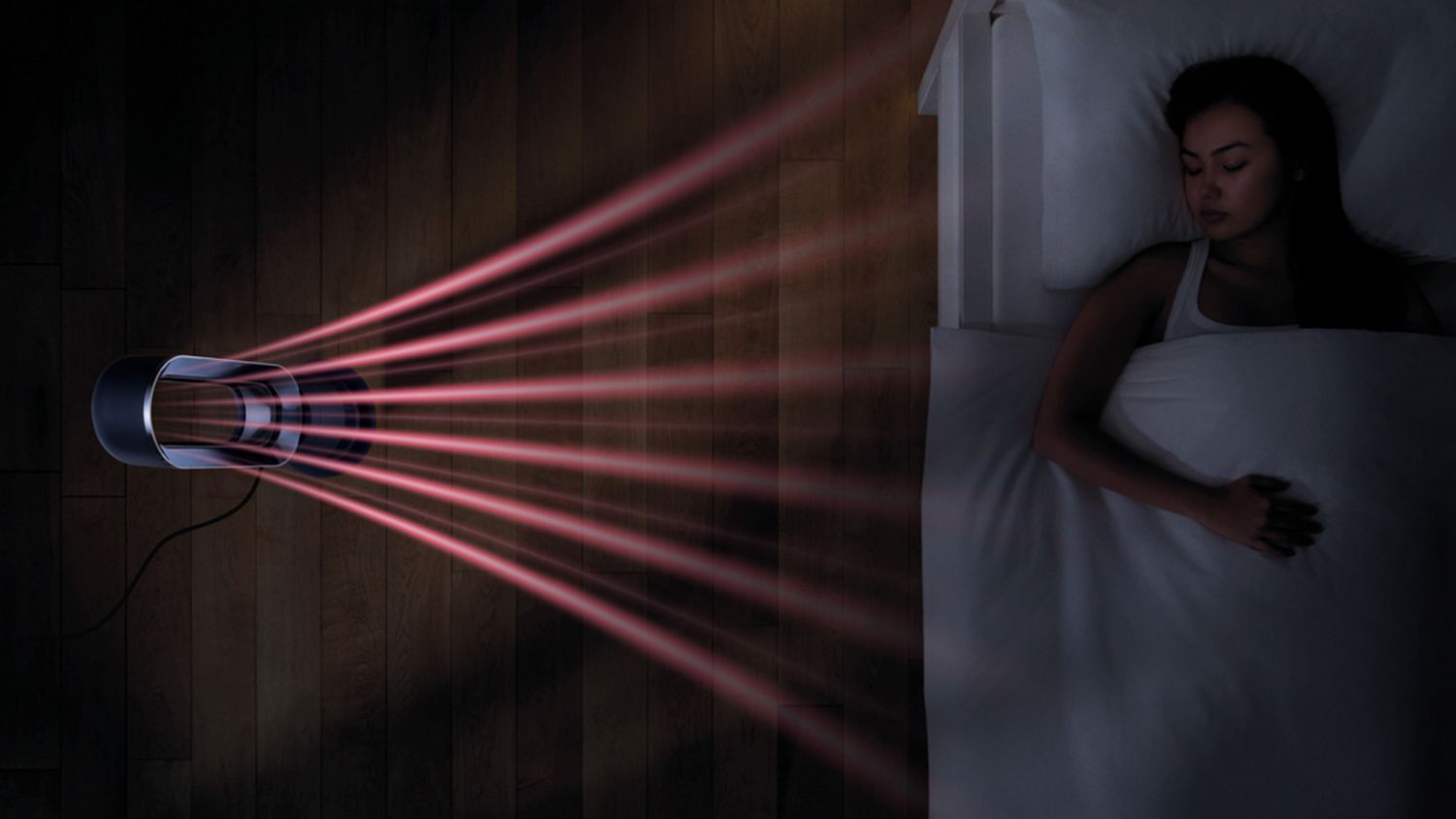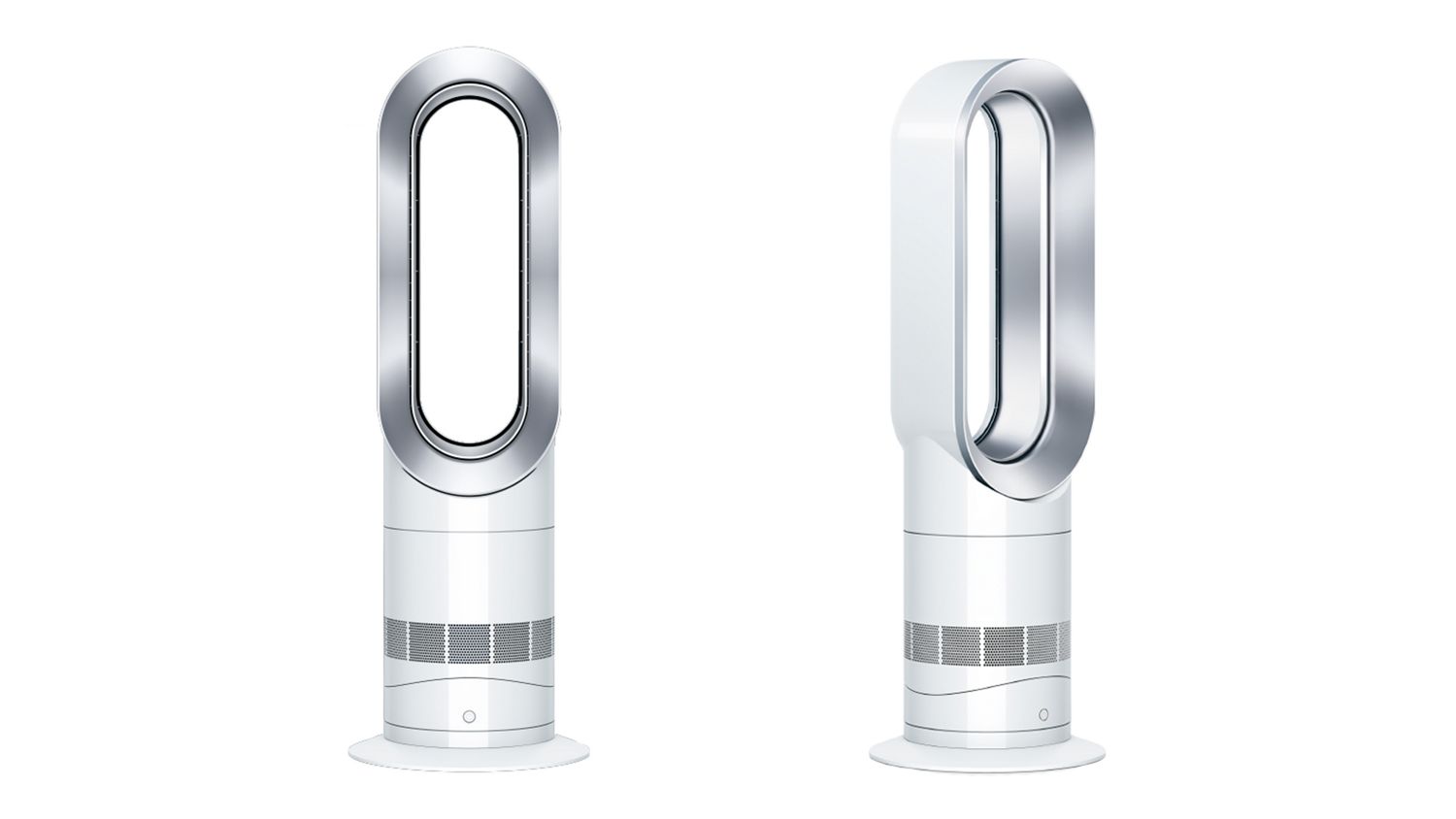Dyson Hot+Cool™ Jet Focus fan heater
Amplifies airflow. To heat you or cool you fast.
35-day money-back guarantee.
Free scheduled delivery.
Dimensions: Height 595mm x Base 204mm
Key features
-
Air Multiplier™ technology
Amplifies surrounding air, giving an uninterrupted stream of smooth airflow.
-
Heats you
Our ceramic plates heat up fast to heat you fast in cold weather.¹
-
Cools you
Powerful, amplified airflow cools you fast in hot weather.
-
Jet Focus control
Choose between Focussed and Diffused modes for personal or whole-room heating.¹ And direct cooling or a gentle breeze in hot weather.
-
Sleep timer
Can be programmed to turn off after pre-set intervals, from 15 minutes to 9 hours.
-
Remote control
Curved and magnetised to store neatly on your Dyson Hot+Cool™ Jet Focus fan heater.
-
Smooth oscillation
To direct airflow around the room.
Frequently asked questions
The battery is type CR2032 and also known as a 'Button Cell'.
No, we recommend that you always unplug the Dyson Hot + Cool™ and carry it by holding the base.
No, the use of an extension cable is not recommended.
-
Allergens
An allergen is a substance that can cause an allergic reaction by triggering the body’s immune system. Common indoor allergens include dust mite droppings, pet dander, mould, and pollen.
-
Bacteria
Microscopic, single-celled organisms that exist in their millions, in every environment. Not all bacteria are harmful, but some can have adverse effects, such as E. coli.
-
Benzene
Benzene is colourless, flammable liquid produced by both natural and man-made processes. It’s a natural part of crude oil, gasoline, and cigarette smoke. Indoors, it comes from products such as glues, paints, furniture wax, and detergents.
-
Carbon dioxide (CO₂)
A colourless greenhouse gas, which comes from the extraction and burning of fossil fuels. Increased CO₂ levels can impact cognitive function.
-
Formaldehyde
This colourless, flammable gas is used in some building materials and household products. Sources can include some fabrics found in flooring and furniture, glues, paints, varnishes, air fresheners, and household cleaners.
-
H1N1 virus
This subtype of Influenza A virus, also known as swine flu, caused a global flu outbreak. H1N1 produces respiratory infectious diseases in humans and pigs. Symptoms can be similar to seasonal flu.
-
HEPA 13
HEPA (High Efficiency Particulate Air) is an air filter efficiency standard and a measure of a filter’s performance. To achieve this standard, filters must meet a minimum of 99.97 per cent particle removal at the most penetrating particle size.
-
Humidification
A process of increasing air moisture content through the addition of water vapour or steam. Humidifiers can add moisture to the air in dry conditions, creating a more comfortable indoor environment when needed.
-
Microns
Airborne particles are usually described in microns. One micron is equal to one-millionth of a metre. The human eye can see debris and dust that are approximately 25 microns in size.
-
Nitrogen dioxide (NO₂)
Nitrogen dioxide is a liquid below 21.2 °C and a gas at higher temperatures. It is toxic to humans in both states. Gas stoves and space heaters are the most common indoor sources of NO₂ emissions. Other sources include improperly vented furnaces and water heaters.
-
Pet dander
Pet dander is made up of tiny particles of skin, saliva and urine, shed by animals with fur or feathers. Pet dander lingers in the air before settling on surfaces such as furniture, bedding, and fabrics. Exposure to these airborne particles can trigger allergies.
-
Particulate matter (PM)
Particulate matter contains microscopic solids or liquid droplets, measured in microns. Indoor PM can be generated through many day-to-day activities such as cooking, cleaning, and the burning of candles and fires.
-
Purification
The process of making something free of any contaminants or physical impurities. Air purification is designed to filter the air in your home – removing pollutants such as dust, allergens and viruses.
-
Volatile organic compounds (VOCs)
Volatile organic compounds are potentially harmful gases found in many household products. Common sources include paints, varnishes, air fresheners, cosmetics, and cleaning products.
-
Pollen
Pollen is a powdery substance released from seed plants as part of their reproduction process. It typically appears from trees in the spring, grasses in the summer, and weeds in the autumn. Pollen grains are among the most common allergens.
-
House dust mites
Dust mites are tiny insects that commonly live in household dust. They are one of the biggest causes of allergies. Each gram of house dust contains approximately 1000 dust mites.
-
Aspergillus mould
A common name for a visible group of fungi, mould thrives wherever there is dampness – sending out millions of spores into the air. Exposure to mould occurs via inhalation, skin contact, or ingestion.
Specifications
-
Vikt
2,68 kg
-
Inställning för maximalt luftflöde
186 l/s
-
Sladdlängd
1,8 m
-
Typ av luftvård
Värmande + Svalkande
-
Modell
Skrivbord
-
Överdelens bredd
153 mm
-
Överdelens djup
113 mm
-
Fotens diameter
204 mm

-
Höjd
595 cm
-
Längd
133 mm
-
Bredd
153 mm
Förpackningens innehåll

Dyson Hot+Cool™ Jet Focus fläkt
-
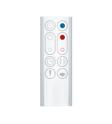
Fjärrkontroll
Välvd och magnetiserad för att förvaras snyggt på maskinen.


